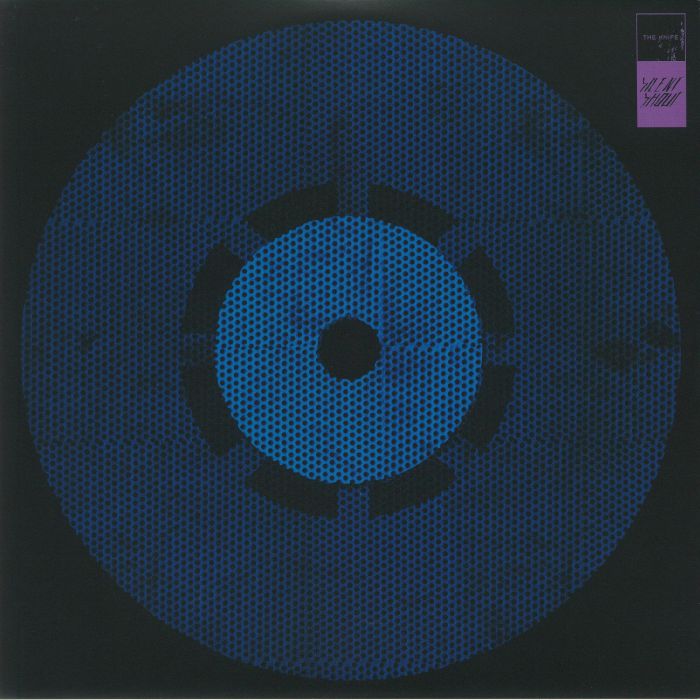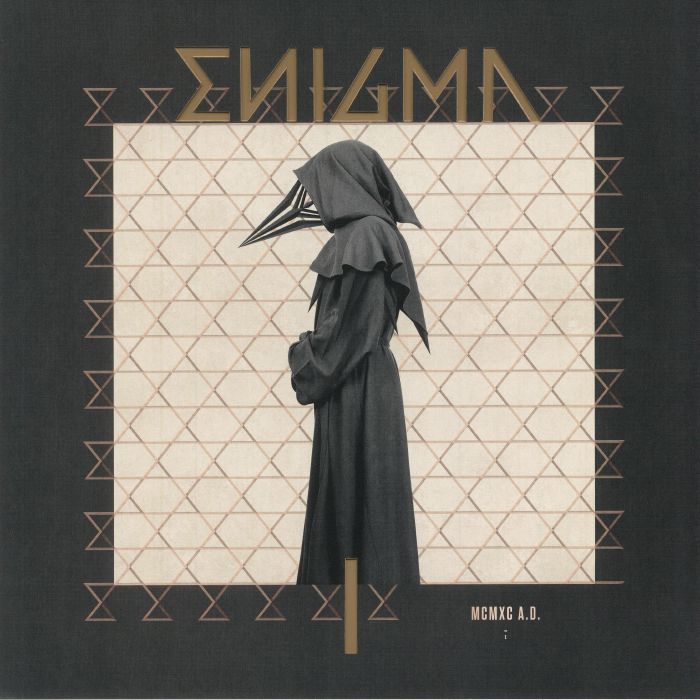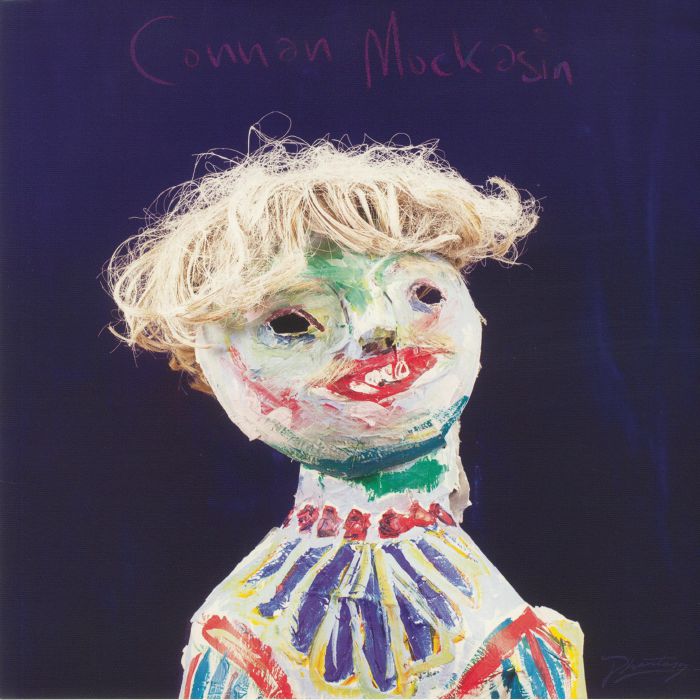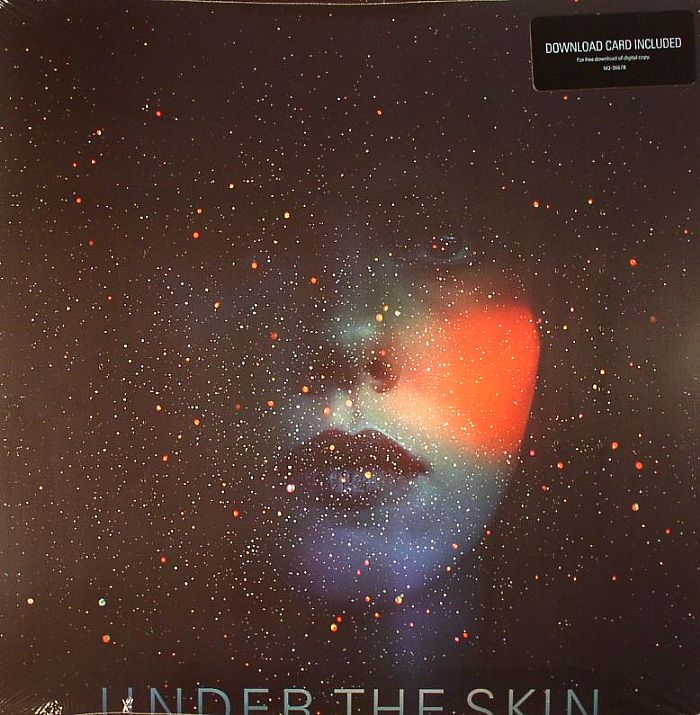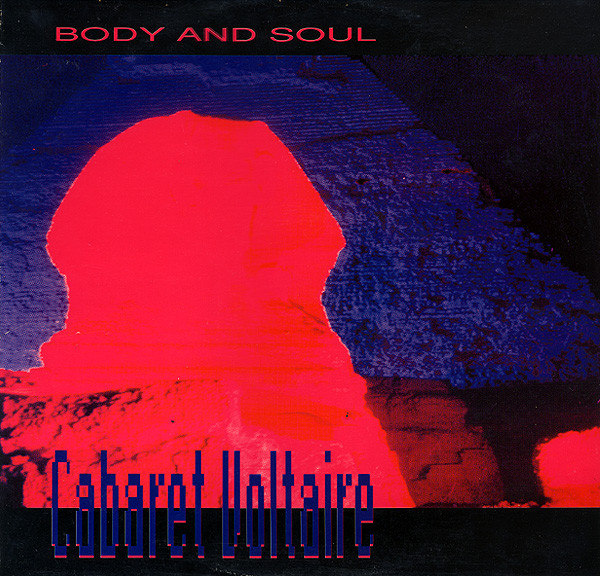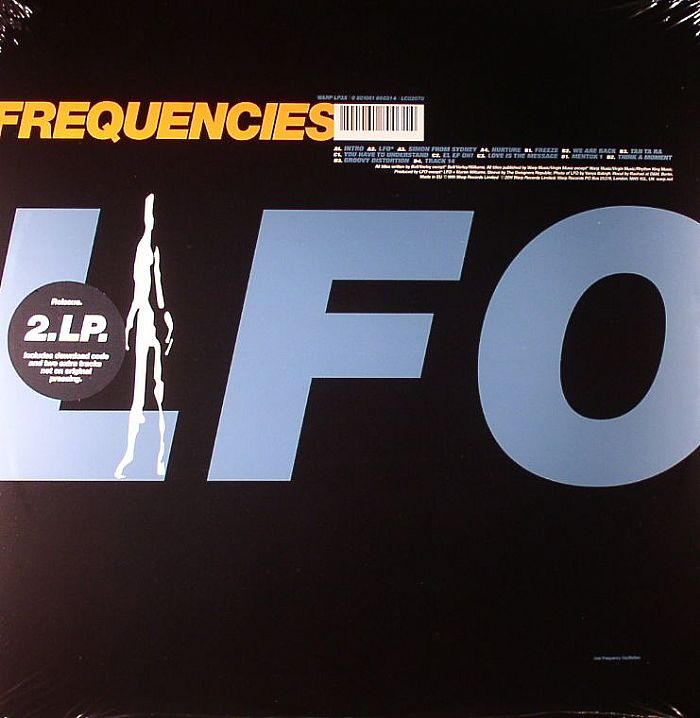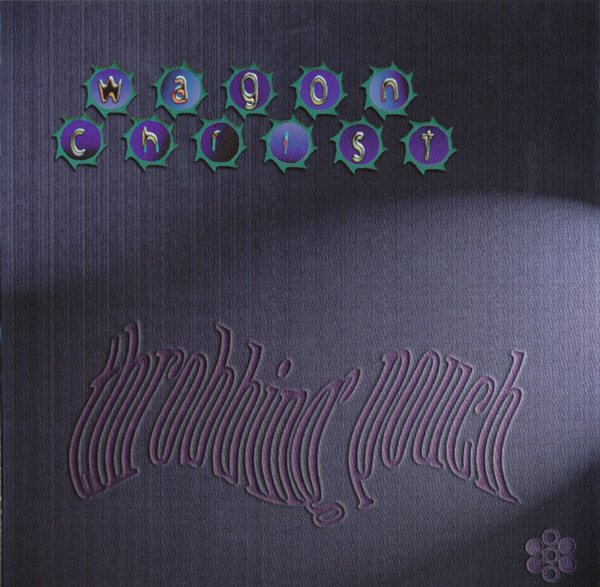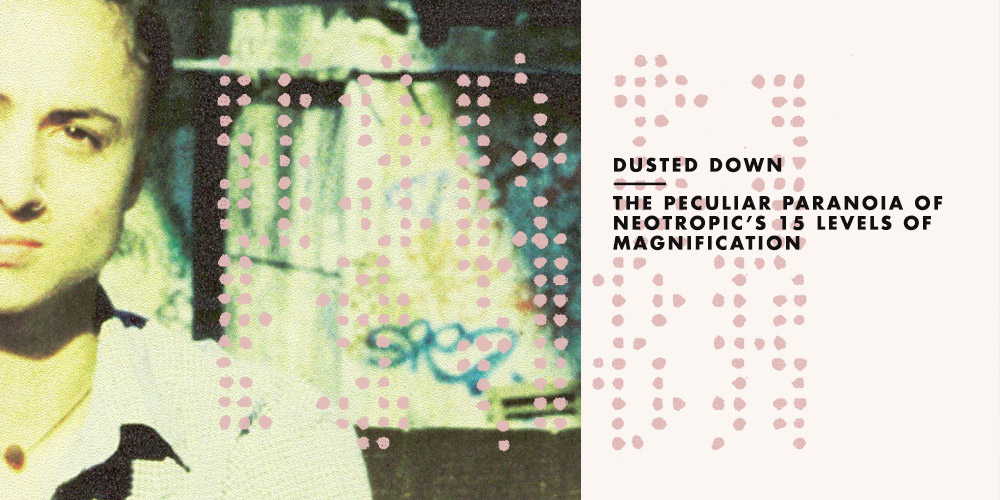The Detroit don’s fourth album gets its first vinyl reissue

Moodymann – Silence In The Secret Garden (Peacefrog)
Despite his genuine confidence and happy-go-lucky charm, the music of Kenny Dixon Jr. is never without a feeling of loss. Between his stop-start sampling, happy-sad instrumentals, and allusions to “silence” and “taking away”, there’s an uncertainty to Moodymann tunes. It’s the same kind of uncertainty we hear from hip-hop; sheer street confidence mixed with an insidious disaffection and desperation, that creeps along with growing up in a city like Detroit.
“Keep in mind, DJing back then was just putting the fuckin’ record on, shut the fuck up, you’re not gettin’ paid, do what you’re told,” the artist said in a 2019 interview. Such a statement might seem too humble for a personality like Moody’s, but behind his trademark fishnet mask and wildly huge shades, Moodymann’s sense of grandiosity does not feel entitled or unearned. Rather, at the time of his debut albums and EPs in the late 90s, Dixon Jr. was just doing what he knew – putting up and shutting up, having fun, and brazenly working with what he had, with ‘the way things were’ in Detroit.
Silence In The Secret Garden, his fourth album, is seeing its first ever vinyl reissue this year via Peacefrog. And while it’s nowhere near as lauded as Silentintroduction or Forevernevermore, its every facet drips with the same feverish, unlikely jazz and beatdown moods you’d expect from Detroit’s trickster-prince.
Here’s a lesser-known fact: the album’s cover, garnished loudly by a distinctive red rose, is inspired by a Temptations album released a decade earlier, ‘Special’, which features a near-identical rose on its own cover. Released on Motown in 1989, The Temptations were well into their confident twilight years by this time, and from the leading, slow-soul hit ‘Special’ to the driving new jack swinger ‘She’s Better Than Money’, it’s clear this music was the kind to inspire sheer loving confidence. It does well to remove the listener from any sense of struggle, and rather plunges them deep into the blissful cloud of Motown fame, success and glory. Likewise, the rose on the cover lies neatly on a lush green spread, devoid of anxiety or urgency – safe.
Now contrast that with Silence In The Secret Garden‘ which sees its own red rose plunged in pitch blackness. Musically, it’s clear this isn’t your average garden. As we enter to the aptly-titled tune of ‘Entrance 2 The Garden’, Moody’s inspiration from live music rings truer than ever, with rushed and dragged hi-hats abruptly swaying the mood of a slap bass and pianojazz moodscape, barely scratching at its thick overgrowth. Whereas The Temptations’ sonic lawn was pristine and meticulously tended to, Moody’s is half-wild, and while sexily maintained, it teems with flytraps and the sultry stenches of carrion flowers.
We prefer to take ‘People’ – the album’s lead single and fan favourite – not as the laid-back, minimal jazz-house instrumental it sounds to be in isolation, but a surrealist intro to a slow-burning LP, the subtlety of which isn’t immediately obvious. Meandering through styles, there are rugged techno allusions, like the pulsing acid line of ‘LiveInLa 1998’, made famous for its inclusion in Richie Hawtin’s hybrid live set in 2003. And tying in with Moody’s desire to reclaim a lost, haphazard confidence, it’s filled with emotional longing. The tracks are fittingly lengthy: ‘Shine’ is an eight minute house bit tinged with the doubled-up ghost of R&B (it’s “yeah” vocal sample reverberates in and out like a ghost), while the title track combines a new wave bass plod with street ambience and glistening windchimes.
On every tune, the beats are whomping and substantial, retaining a raw, not glossy, beauty. That might make Silence In The Secret Garden a challenge for many potential listeners, but this isn’t an instantly gratifying album; in fact, patient punters will make it to ‘Sweet Yesterday’, where Moody appears on vocals under his Pitch Black City alias. Between indiscernible croonings, “your love is so good…” and “oooh, wow, wow, yesterday” peek through the mix’s haze, proving it to be a loving ode to the past’s better days. We realise in retrospect, though, that ‘Silence…’ is tinged with a gritty realness only Detroit can pull off.
Jude Iago James






